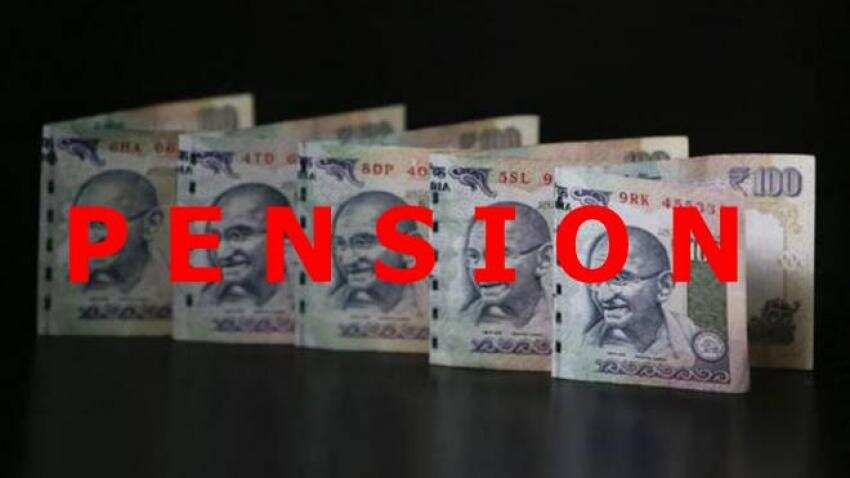National Pension Scheme: Partial withdrawal norms relaxed; all you need to know
National Pension Scheme subscribers can withdraw after three years from the date of joining the system and a maximum of three times during the entire tenure of subscription under NPS, but the partial withdrawal is linked with contributions made by the subscriber

The Pension Fund Regulatory Development Authority (PFRDA) has relaxed the norms for partial withdrawal under the National Pension Scheme (NPS). According to the PFRDA (exits and withdrawals under the National Pension System) (First Amendment) Regulations 2017, a subscriber ought to be subscribed to the National Pension System at least for a period of three years from the date of his or her joining to such system, to be eligible to make partial withdrawals under specific circumstances as specified in the regulation.
NPS subscribers can withdraw after three years from the date of joining the system and a maximum of three times during the entire tenure of subscription under NPS, but the partial withdrawal is linked with contributions made by the subscriber, Shiv Pratap Shukla, Minister of State for Finance said in written reply to a question in Rajya Sabha yesterday.
The subscriber shall be permitted to withdraw accumulations not exceeding twenty-five per cent of the contributions made by him or her and standing to his or her credit in his or her individual pension account, as of the date of application for withdrawal.
Earlier, a subscriber under NPS was permitted to withdraw accumulations not exceeding 25 per cent of the contributions after 10 years from the date of joining the system, and a maximum of three times during the entire tenure of subscription under NPS.
Pension plans provide financial security and stability during old age when people don't have a regular source of income. Retirement plan ensures that people live with pride and without compromising on their standard of living during advancing years.
Pension scheme gives an opportunity to invest and accumulate savings and get lump sum amount as regular income through annuity plan on retirement.
To provide social security to more citizens the Government of India has started the National Pension System. The government established Pension Fund Regulatory and Development Authority (PFRDA) - External website that opens in a new window on 10th October, 2003 to develop and regulate pension sector in the country.
The National Pension System (NPS) was launched on January 1, 2004 with the objective of providing retirement income to all the citizens. NPS aims to institute pension reforms and to inculcate the habit of saving for retirement amongst the citizens.
Initially, NPS was introduced for the new government recruits (except armed forces). With effect from May 1, 2009, NPS has been provided for all citizens of the country including the unorganised sector workers on voluntary basis.
Additionally, to encourage people from the unorganised sector to voluntarily save for their retirement the central government launched a co-contributory pension scheme, 'Swavalamban Scheme in 2010-11 Union Budget. Under Swavalamban Scheme, the government will contribute a sum of Rs 1,000 to each eligible NPS subscriber who contributes a minimum of Rs 1,000 and maximum Rs 12,000 per annum. This scheme is presently applicable up to F Y 2016-17.
Get Latest Business News, Stock Market Updates and Videos; Check your tax outgo through Income Tax Calculator and save money through our Personal Finance coverage. Check Business Breaking News Live on Zee Business Twitter and Facebook. Subscribe on YouTube.
RECOMMENDED STORIES

EPFO Pension Schemes: Early pension, retirement pension, nominee pension and 4 other pension schemes that every private sector employee should know

Tata Motors, Muthoot Finance and 3 more: Axis Direct recommends buying these stocks for 2 weeks; check targets, stop losses
11:27 AM IST











 NPS subscriber? PFRDA is now working on minimum guaranteed return plan - Details here
NPS subscriber? PFRDA is now working on minimum guaranteed return plan - Details here Good news! PFRDA may hike pension from Rs 5000 to Rs 10,000 under Atal Pension Yojana
Good news! PFRDA may hike pension from Rs 5000 to Rs 10,000 under Atal Pension Yojana